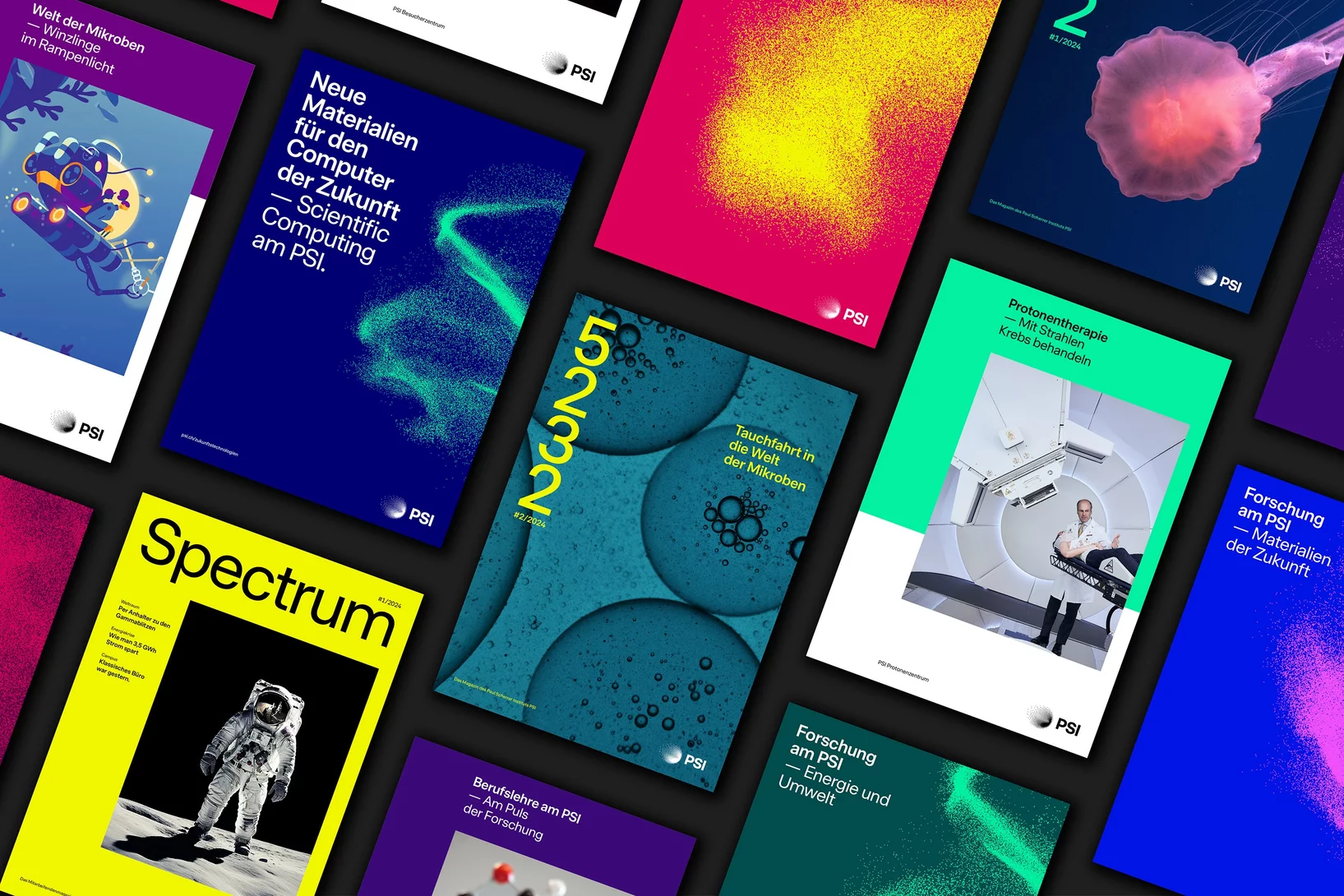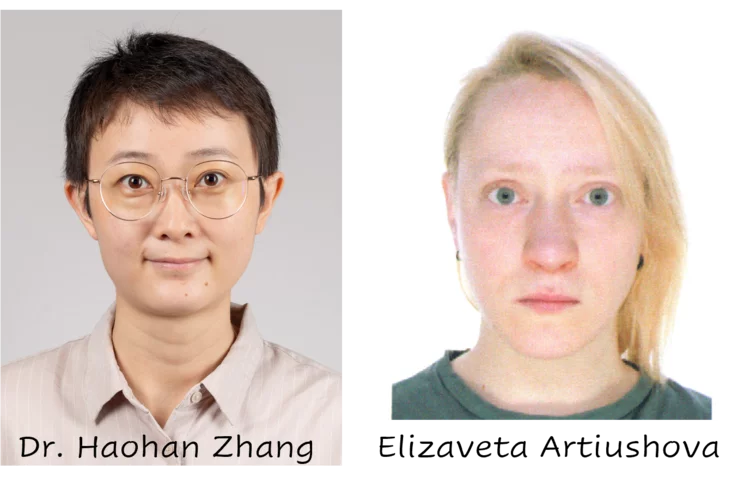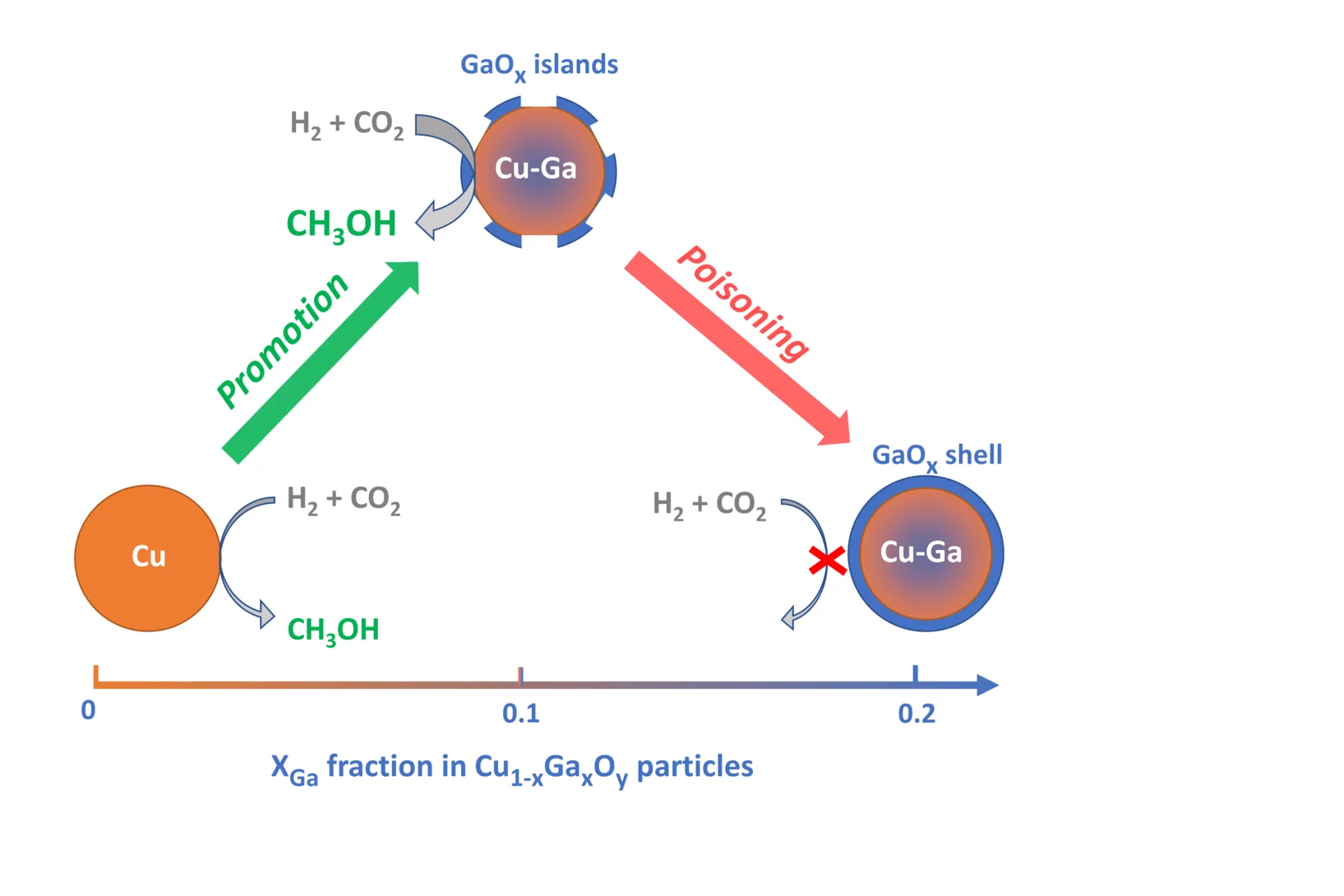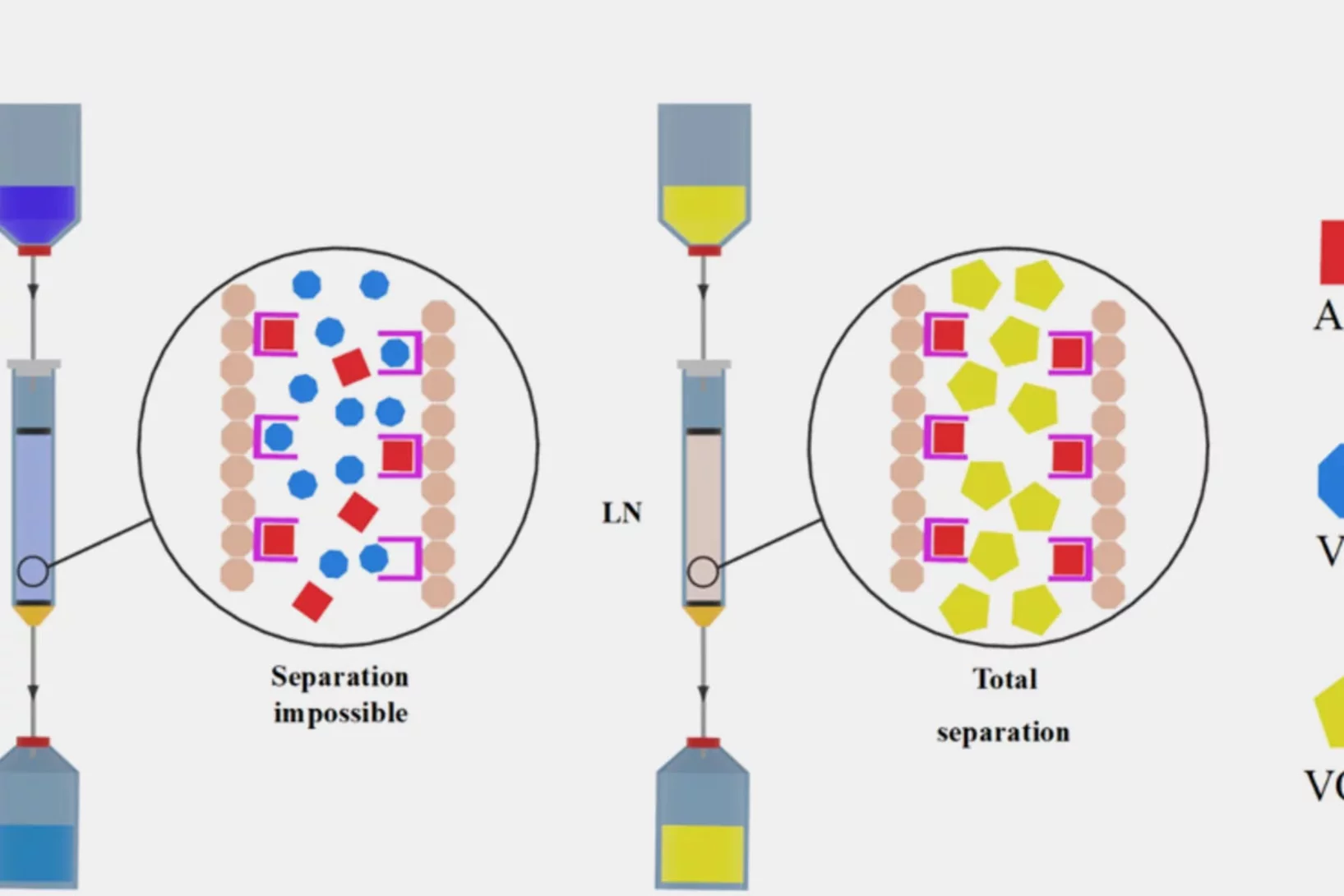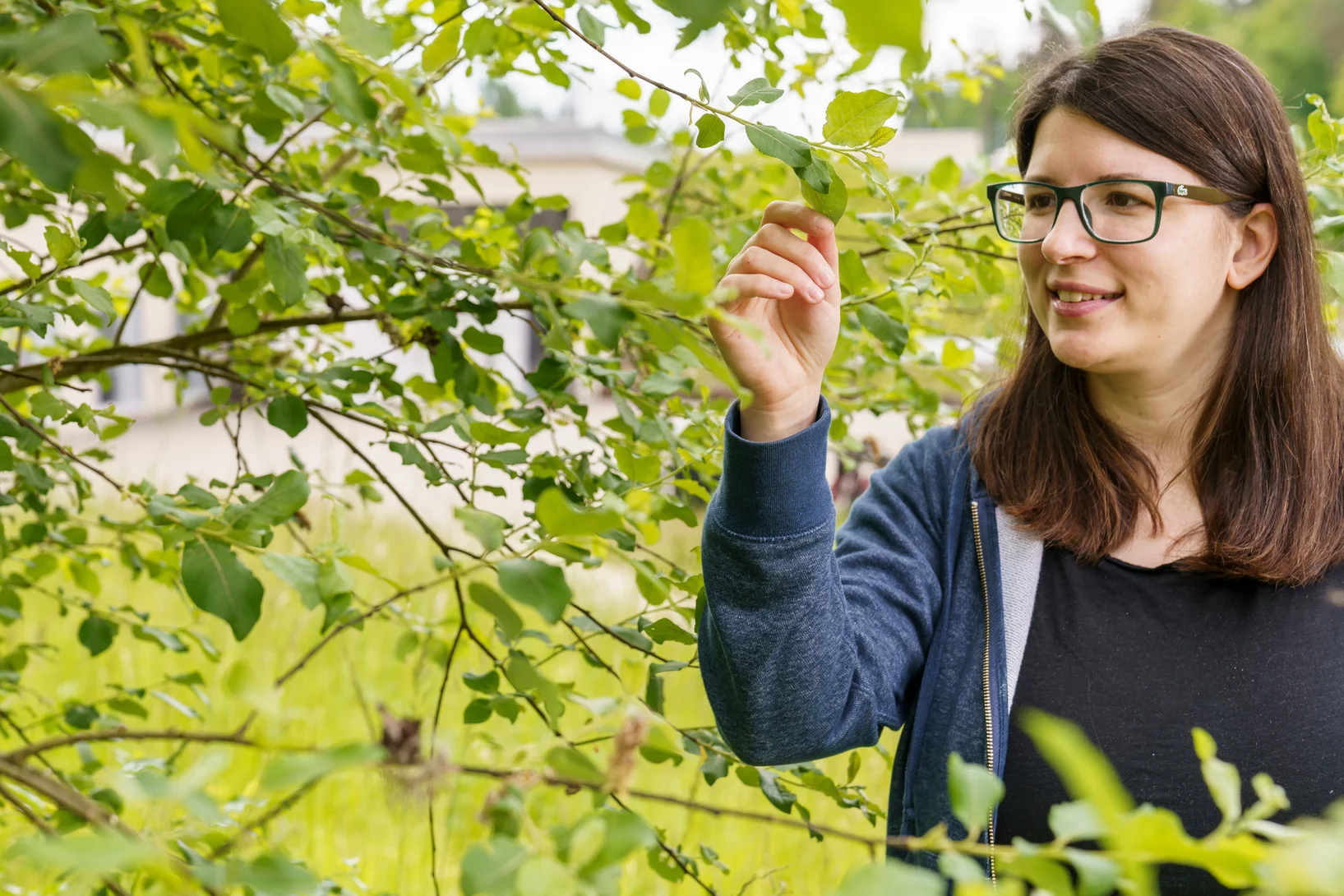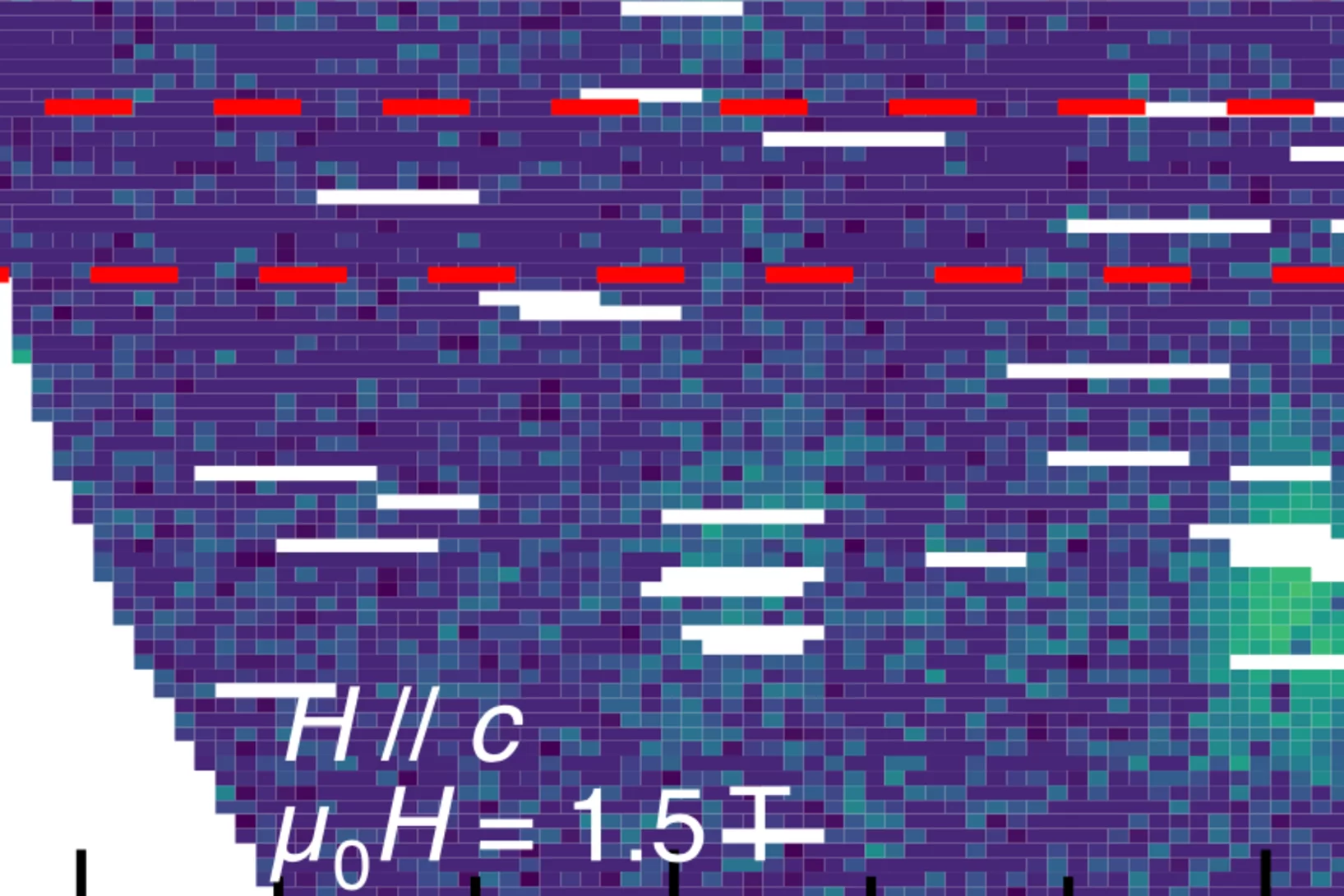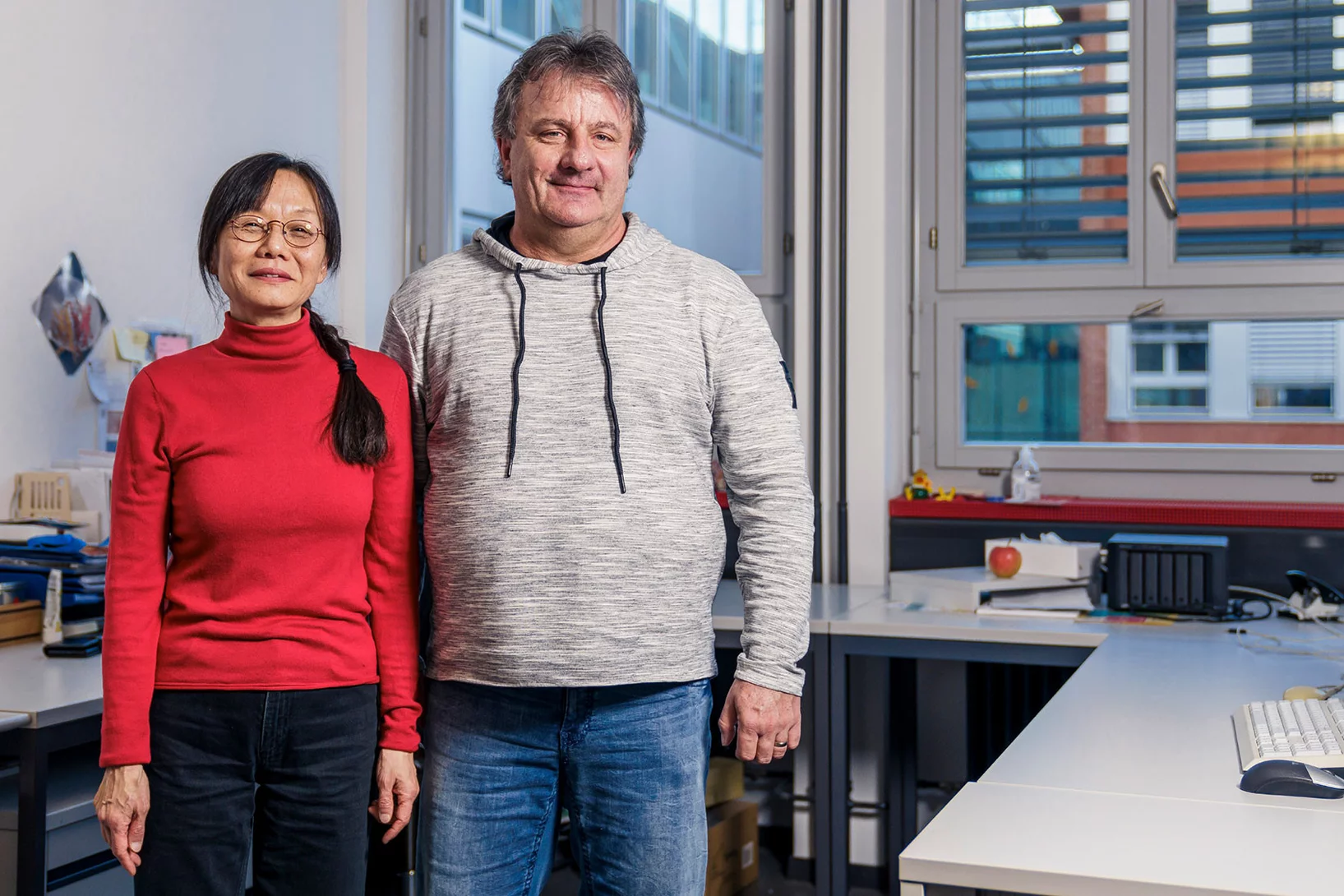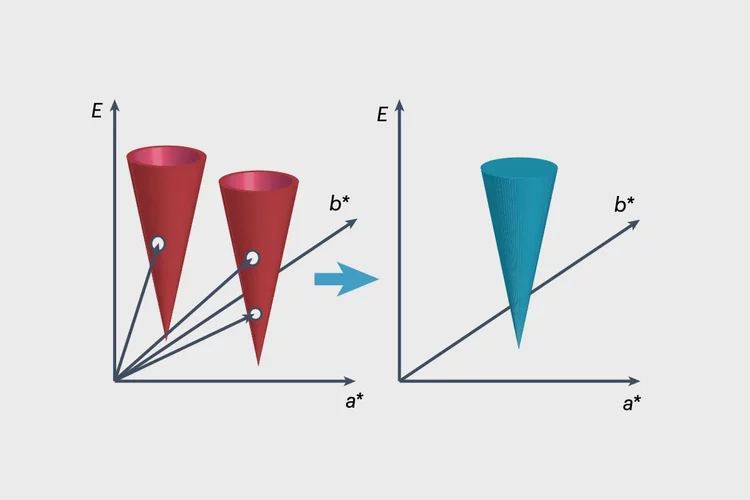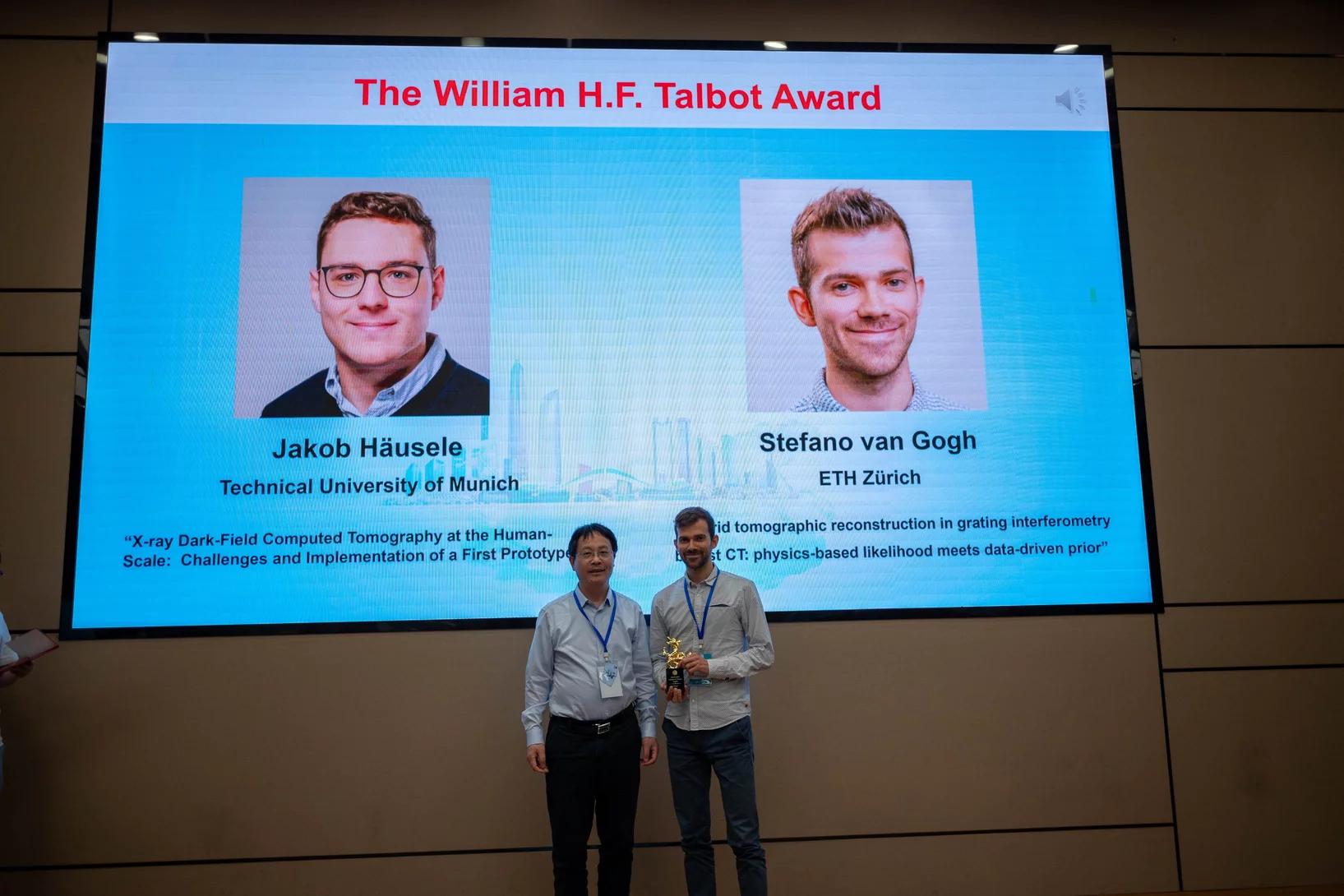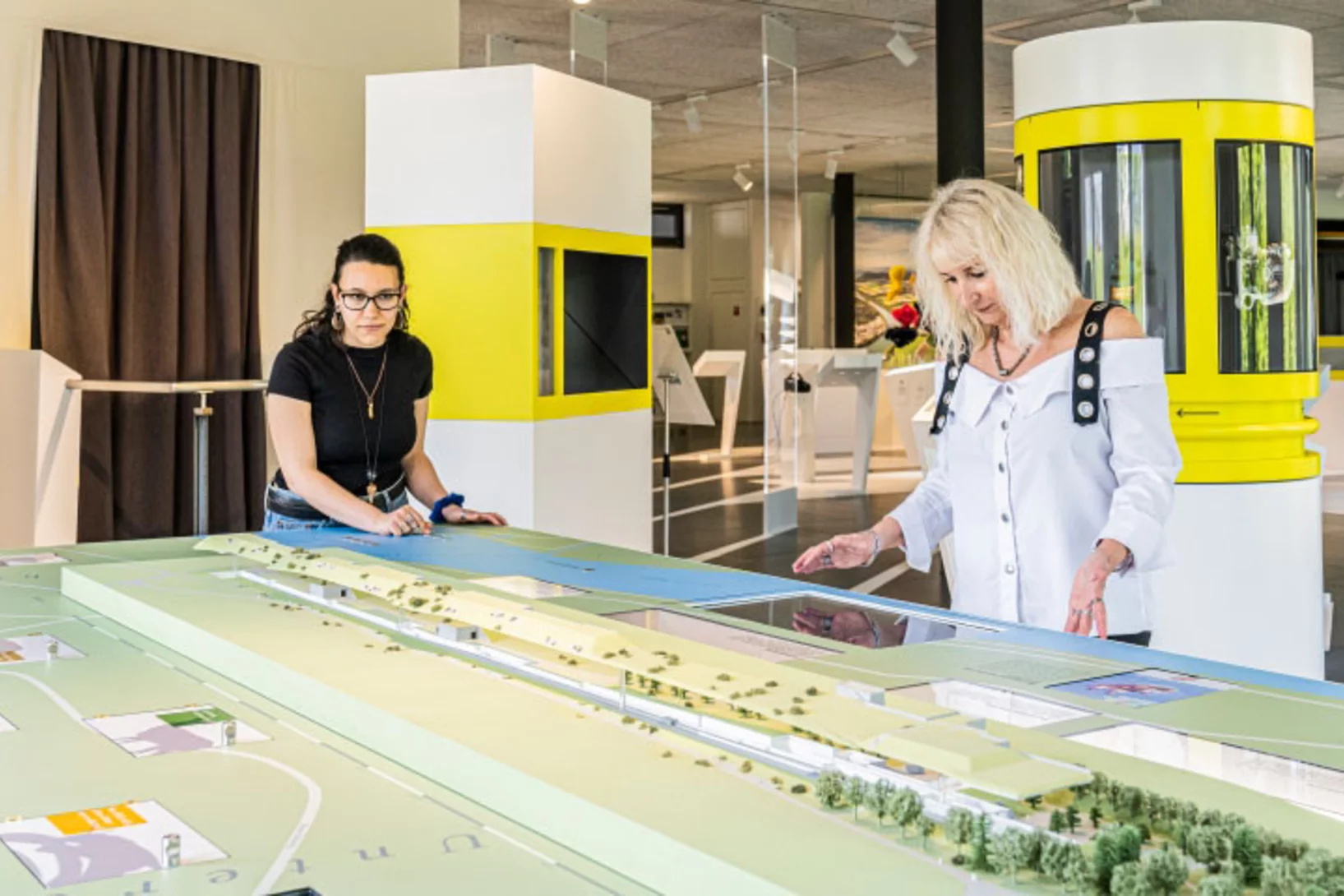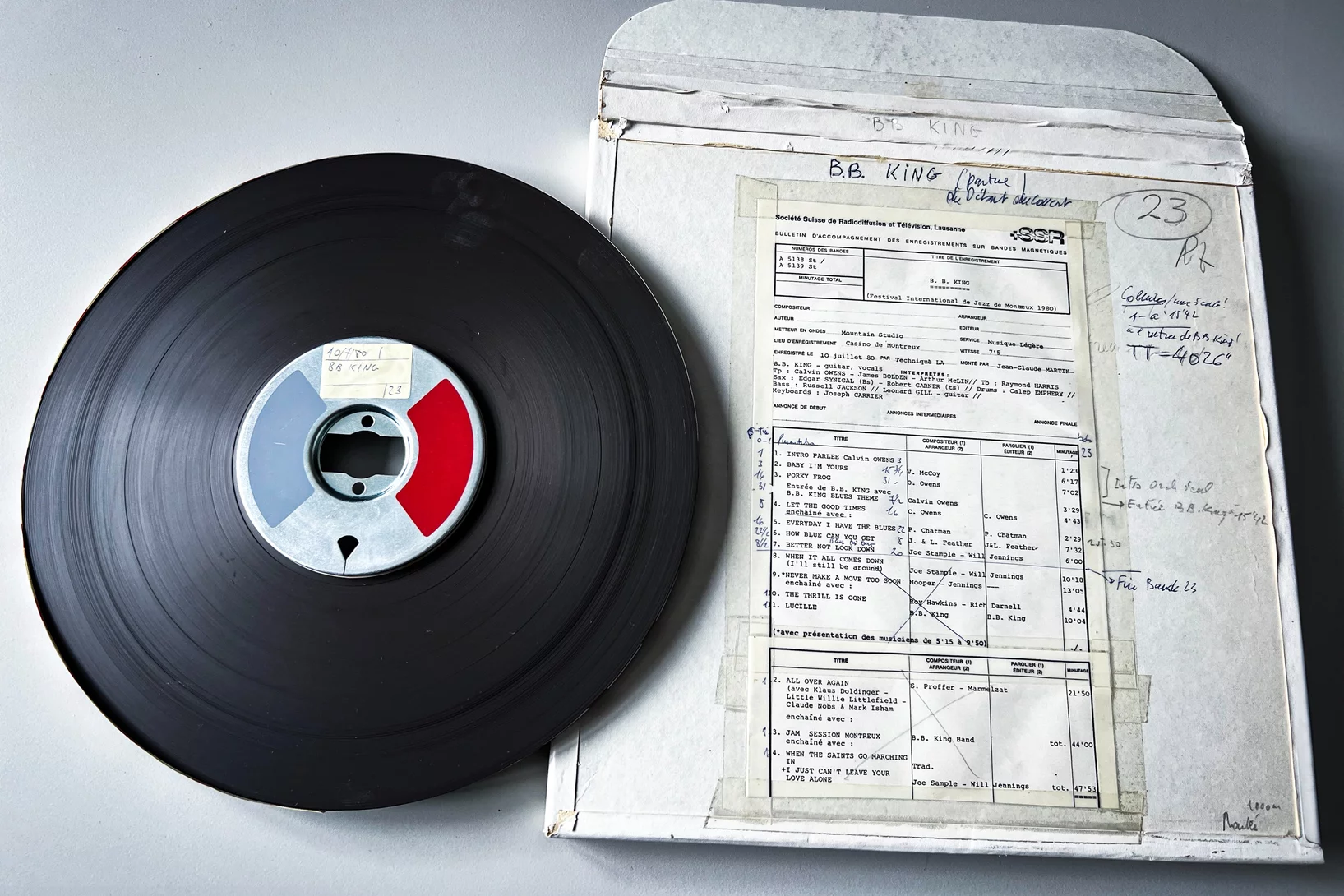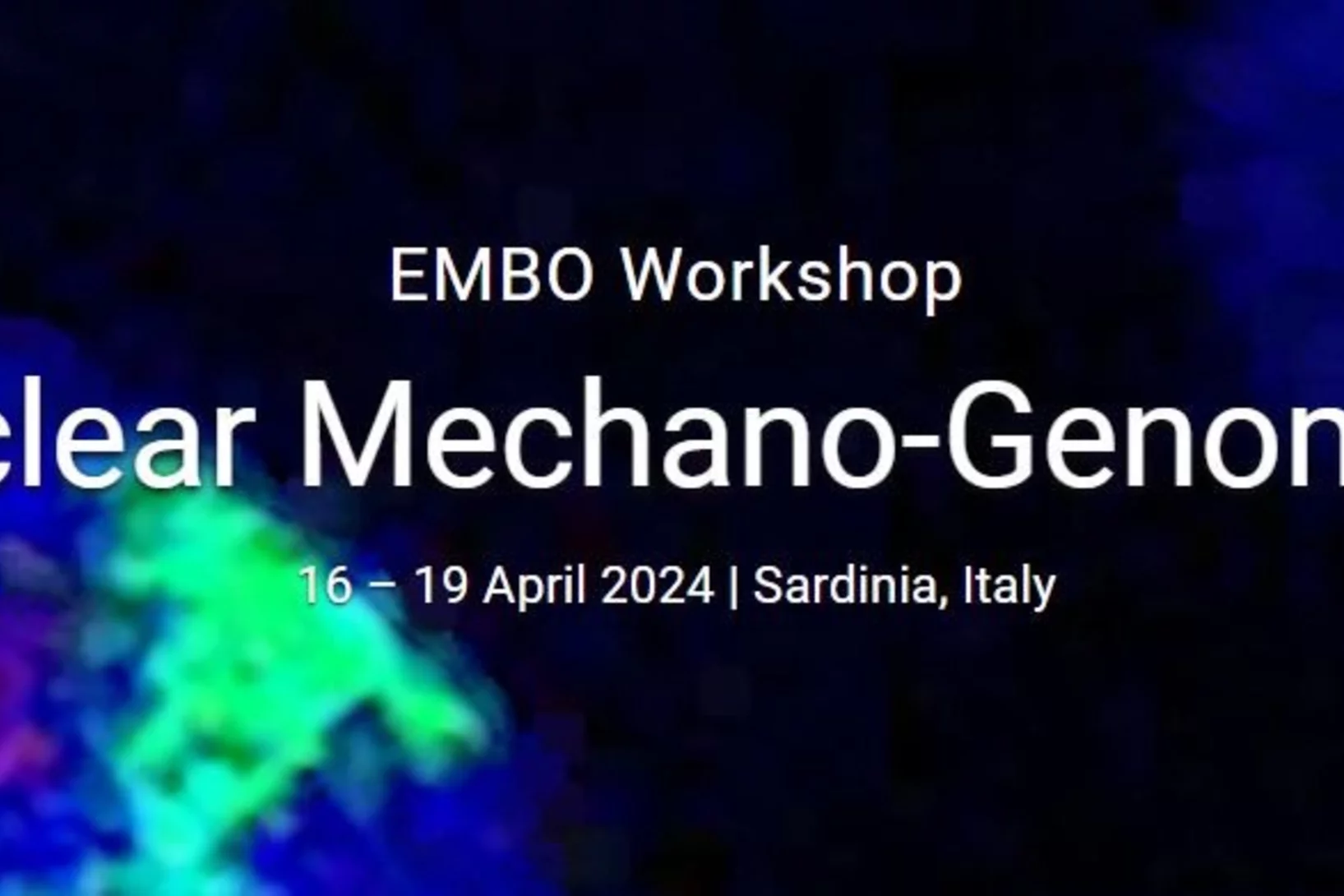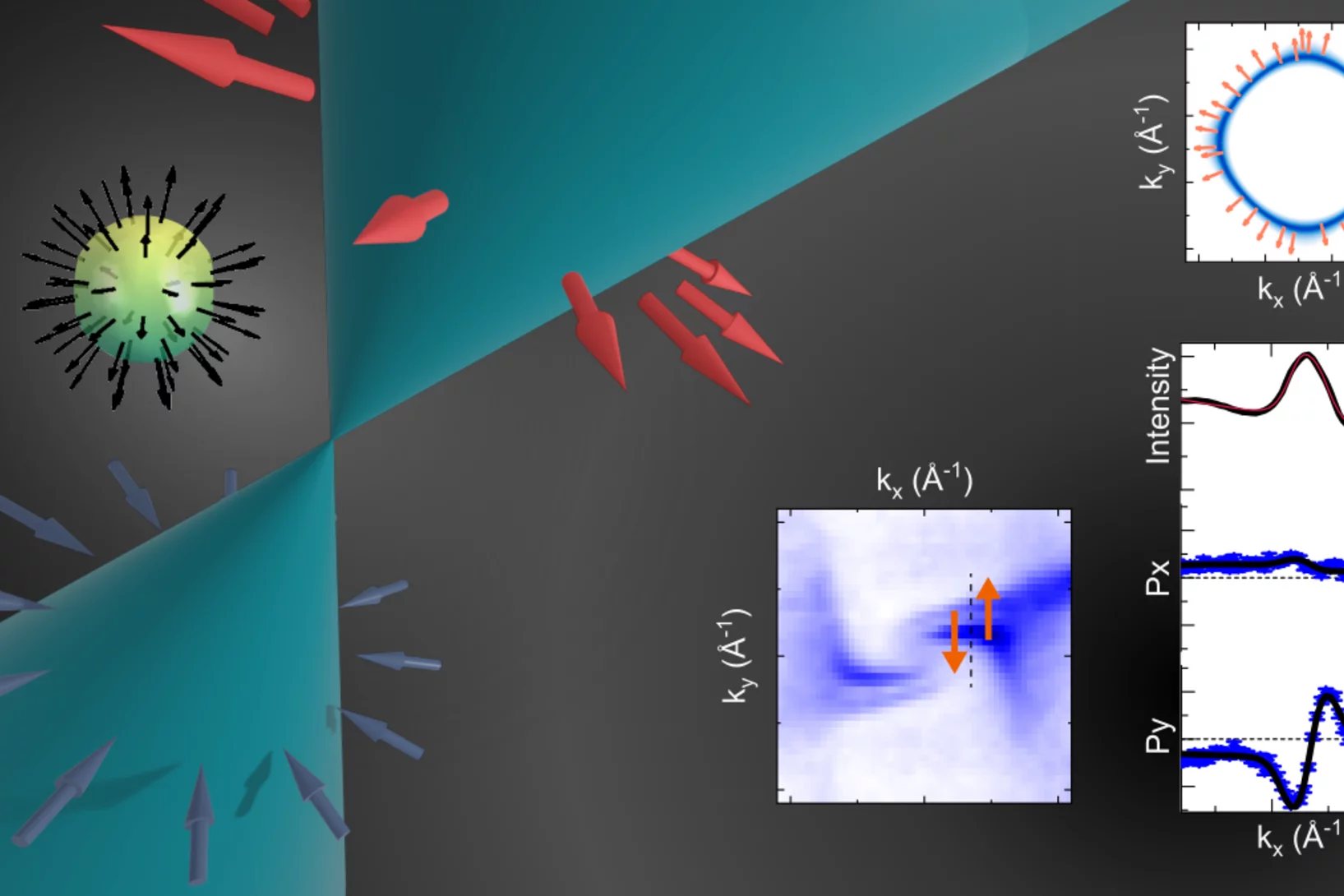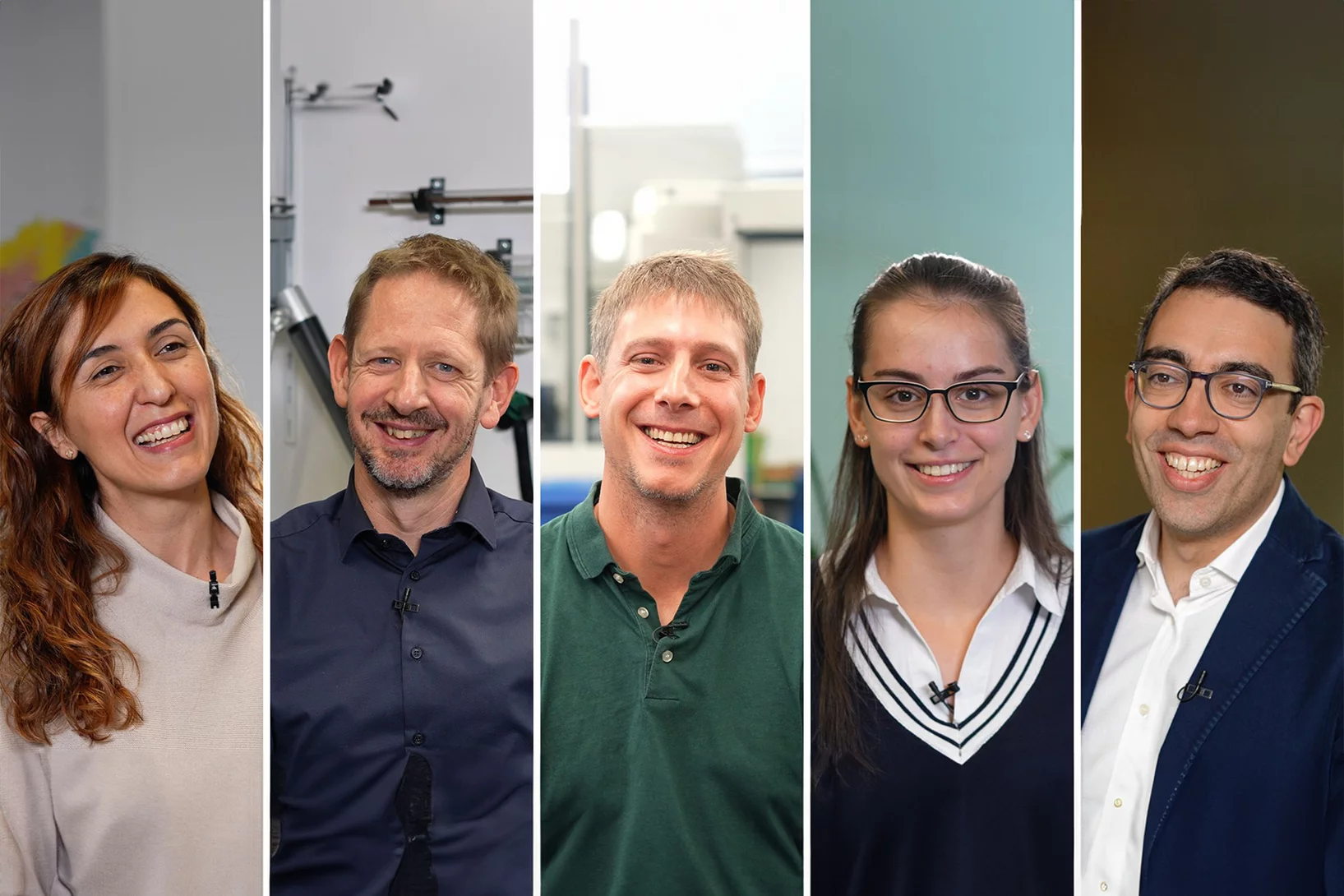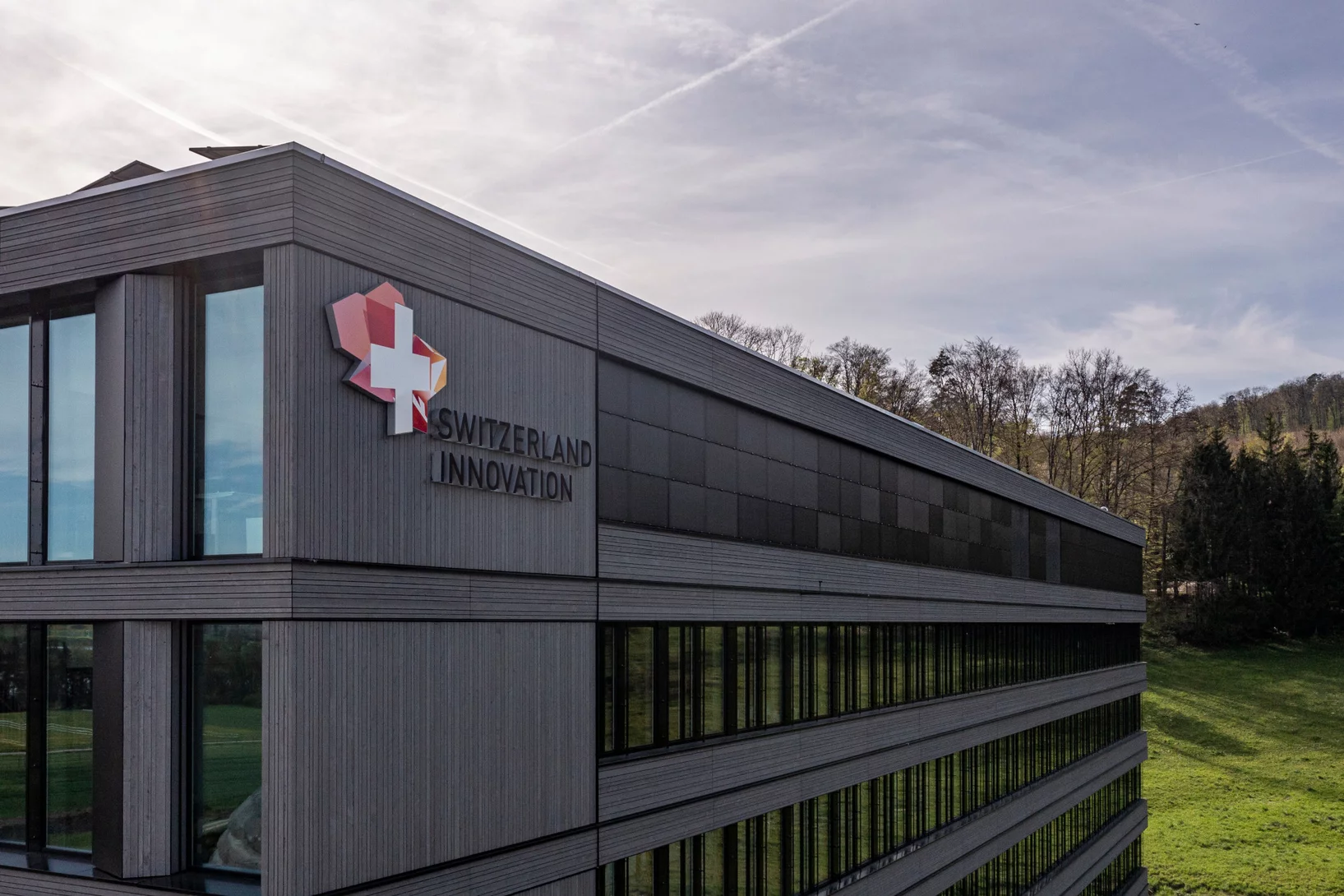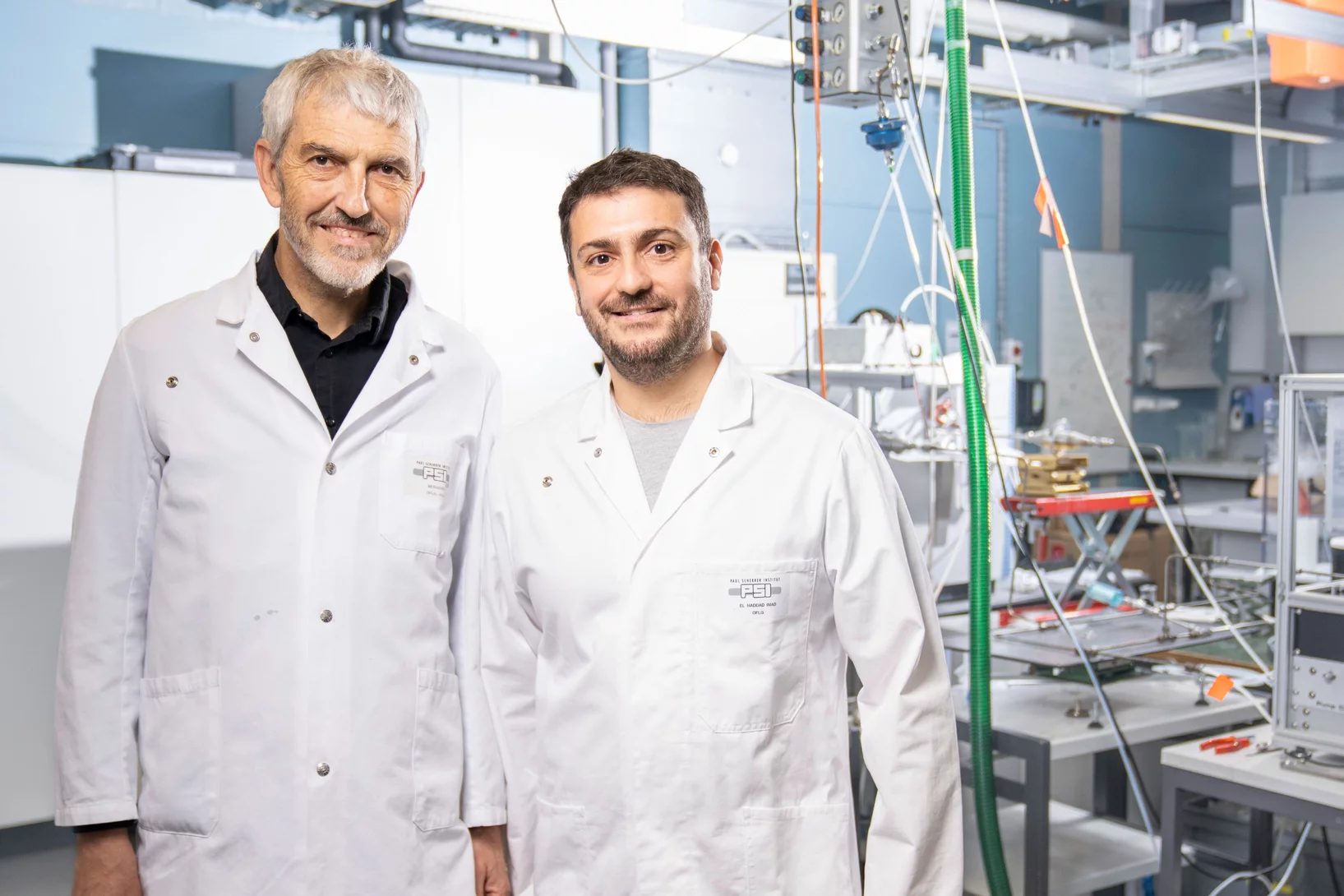Shifting away from nuclear energy, expanding solar and wind power, generating energy from biomass, reducing energy consumption. Switzerland is committed to becoming climate-neutral by 2050. An ambitious goal, which has become more urgent than ever due to the increasingly challenging geopolitical situation. How can a sustainable and resilient energy supply for Switzerland be established over the coming years? What's the optimal way to use renewable energy sources? What new technologies are especially promising? At PSI, researchers are seeking answers to these crucial questions.
PSI in a new design
Fresh, clear and innovative. Our new website is designed to encourage people to browse through our site online and on their mobile devices. It is part of a comprehensive rebranding project that was developed in collaboration with the Zurich branding agency Scholtysik.
Welcome to Our New Team Members!
We are delighted to extend a warm welcome to Dr. Haohan Zhang and Elizaveta Artiushova as they join our research team.
Promotion versus Poisoning in Copper–Gallium-Based CO2-to-Methanol Hydrogenation Catalysts
Cu–Ga-based CO2-to-methanol hydrogenation catalysts display a range of catalytic performance, depending on their preparation. Here, we investigated how the Ga/Cu ratio and Ga speciation affect the catalytic activity. Using surface organometallic chemistry, we prepared a series of silica-supported 3–6 nm Cu1–xGaxOy nanoparticles with a range of xGa. The materials display a volcano-type activity behavior, where methanol formation is promoted when xGa < 0.13–0.18 and is suppressed at higher values, indicating a poisoning of the catalysts. In situ X-ray absorption spectroscopy and in situ infrared spectroscopy helped to understand the structure-activity relationship.
Vladislav Zobnin Honored with Best Presentation Award at NUCLEAR 2024 Conference
We are thrilled to extend our heartfelt congratulations to Vladislav Zobnin for receiving the prestigious Best Presentation Award at the NUCLEAR 2024 conference.
Third Data Challenge
The Mu3e data challenges aim at establishing the data processing and storage procedures as well as the online monitoring tools. Using simulated data, we developed monitoring tools, event displays and control over all the data flows. We also prepared cabling the detector with optical fibres.
Optimizing a radiochemical separation of 26Al from an acidic V-rich matrix
At the Paul Scherrer Institute (PSI), within the Isotope and Target Chemistry (ITC) group, various radiochemical methods are developed to fully separate and purify individual radionuclides. These separation methods are devised for both new experiments and for reprocessing radioactive waste from previous experiments.
Die Greenboxen - gärtnern am PSI
Das Projekt «Greenbox» kam zustande mit dem «Campus 2023». Es sind 45 Hochbeete, die den Mitarbeitenden zur Bepflanzung zur Verfügung stehen. Angepflanzt werden kann ganz vieles wie Gemüse, Obst, Blumen oder auch Kräuter. Um die Boxen kümmert man sich etwa 5 Monate und kann über die Ernte frei verfügen.
Nature’s sunscreen and other SwissFEL stories
From DNA repair to catalysts: how the Alvra experimental station at SwissFEL has developed into a special tool for biology and chemistry research.
Welcome to LXN Kajal Biju
Herzlich Willkommen Kajal Biju im LXN!
Non-coplanar helimagnetism in the layered van-der-Waals metal DyTe3
Van-der-Waals magnetic materials can be exfoliated to realize ultrathin sheets or interfaces with highly controllable optical or spintronics responses. In majority, these are collinear ferro-, ferri-, or antiferromagnets, with a particular scarcity of lattice-incommensurate helimagnets of defined left- or right-handed rotation sense, or helicity. Here, we report polarized neutron scattering experiments on DyTe3, whose layered structure has highly metallic tellurium layers separated by double-slabs of dysprosium square nets...
How the orientation of molecular single-ion magnets affects their magnetic hysteresis
Molecular single-ion magnets act as ultra-small magnets that can retain their magnetization. When organized on a well defined surface, they could allow storing information at 100 and more times higher storage densities than nowadays available.
In the present study performed at the Swiss Light Source an international research team investigated monolayers of two very similar types of organometallic single-ion magnets, that, however, behave very differently on a flat silver surface. They link the vastly different magnetic behavior with the different orientation and adsorption configurations on the surface.
A bionanomachine for green chemistry
PSI researchers have characterised a unique enzyme from bacteria that enables an important chemical reaction.
A plan for the world’s biggest machine
Interview with Lea Caminada, head of the High Energy Particle Physics Group at PSI, about the next potential large project at CERN.
13th Erwin Felix Lewy Bertaut Prize to Daniel Mazzone
The laureate of the thirtheenth Erwin Félix Lewy Bertaut Prize is Dr. Daniel Mazzone from the Laboratory for Neutron Scattering and Imaging (LNS), NUM division. Daniel receives the prize for his outstanding contributions in the field of quantum effects in strongly correlated electron materials, employing cutting-edge X-ray and neutron scattering techniques.
A 40-year success story: Protons against eye cancer
In March 1984, people were irradiated at PSI for the first time against a rare but very malignant type of cancer: They had a tumour in their eye.
Spectral evidence for Dirac spinons in a kagome lattice antiferromagnet
Emergent quasiparticles with a Dirac dispersion in condensed matter systems can be described by the Dirac equation for relativistic electrons, in analogy with Dirac particles in high-energy physics. For example, electrons with a Dirac dispersion have been intensively studied in electronic systems such as graphene and topological insulators. However, charge is not a prerequisite for Dirac fermions, and the emergence of Dirac fermions without a charge degree of freedom has been theoretically predicted to be realized in Dirac quantum spin liquids. These quasiparticles ...
Competencies our partner companies are looking for
How can you prepare for your next career step already during your PhD or postdoc time? Which skills are necessary and sought-after, and can you increase your chances by signing up for a relevant course? We asked the partner companies and collaborators of the PSI Career Center and the CONNECT program what they are looking for – and wrote this compilation based on inputs by ABB, APP, Axpo, Bain, cross-ING, Dectris, DETEC, Hilti, McKinsey, Sensirion, VDL and ZEISS
TOMCAT attends XNPIG2024, bags two awards
A TOMCAT delegation attended the 6th International Conference on X-ray and Neutron Phase Imaging with Gratings (XNPIG2024) held on 8-12 April, 2024 in Shenzhen, China. The team delivered a series of two invited talks and seven contributed talks, all of which were well-received by the conference attendees. Two team members were selected for their outstanding contributions: Simon Spindler was awarded one of the Best Poster Prizes for his recent work on “Diffraction Beamlets” while Stefano van Gogh was the co-recipient of the W.H.F. Talbot Award, in recognition of his outstanding PhD thesis.
Visiting the researchers
A tour through the new exhibition in the PSI Visitor Centre
PSI Fellow receives support from UBS Culture Foundation
The UBS Culture Foundation has awarded physicist Sebastian Gliga from the Paul Scherrer Institute a grant to digitize an irrecoverable, historical recording of B.B. King from his 1980 concert at the Montreux Jazz Festival.
EMBO workshop on Nuclear Mechano-Genomics
The EMBO-workshop on Nuclear Mechano-Genomics taking place from April 16 to April 19, 2024 in Sardinia, Italy, was a great success.
Weyl spin-momentum locking in a chiral topological semimetal
Spin–orbit coupling in noncentrosymmetric crystals leads to spin–momentum locking – a directional relationship between an electron’s spin angular momentum and its linear momentum. Isotropic orthogonal Rashba spin–momentum locking has been studied for decades, while its counterpart, isotropic parallel Weyl spin–momentum locking has remained elusive in experiments. Theory predicts ...
Cristina Müller
Developing and redesigning radiopharmaceuticals for tumour therapies
Breaking the Drops
For water-cooled nuclear reactors, a loss of coolant accident constitutes one of the key scenarios to be evaluated for the design of the plant and associated safety systems. Even if these accidents are not expected to occur at all during reactor lifetime, their potential consequences include the heat up of the fuel in the reactor core. For the recovery of the plant to safe conditions, safety systems are in place to inject water in order to reflood the core and to quench the high temperature fuel. The two-phase flow behaviour during this reflooding phase is extremely complex. In particular, the prediction of the behaviour of small liquid droplets generated as the quench front propagates upwards has a significant effect on the fuel temperatures in the upper regions of the reactor core. In collaboration with the US Nuclear Regulatory Commission (NRC), we have been working to improve our modelling of the droplet behaviour and their impact on key safety parameters.
I am PSI
An insight into the human side of research. From scientists to technicians to support staff - each of the over 2200 individuals at PSI contributes in a unique way to the success and mission of the institute.
Switzerland Innovation Park Innovaare celebrates opening
An important milestone has been reached: yesterday, Thursday 25 April 2024, Switzerland Innovation Park Innovaare was officially opened in the presence of Federal Councillor Guy Parmelin and numerous guests from industry, science and politics. In just four years, Switzerland Innovation Park Innovaare in Villigen next to the Paul Scherrer Institute (PSI) has become a state-of-the-art, research-orientated innovation park with 23,000 m2 of clean rooms, laboratories, precision workshops, offices and meeting rooms. The main tenant and strategic partner is PSI. To date, around 80% of the total space has been let.
Switzerland Innovation Park Innovaare celebrates opening
After four years of construction, a modern innovation park with 23,000 m2 of clean rooms, laboratories, precision workshops, offices and meeting rooms has been created next to Paul Scherrer Institute PSI in Villigen (AG).
DAQ installations at PSI
We have installed the data acquisition hardware and cabling needed for early Mu3e running at PSI. The fibre fan-out rack, which serves as a switch-yard for TBits/s of data as well as clock, reset and configuration lines is fully set up.
How to clean up New Delhi’s smoggy air
PSI researchers are tracking down pathogenic aerosols in India.
Event for Female Founders and Professionals: Navigating Networking and Building Alliances
What networks are crucial when starting-up? What strategies can help you build meaningful connections with industry leaders? How can you boost your networking skills to realize your professional goals?

